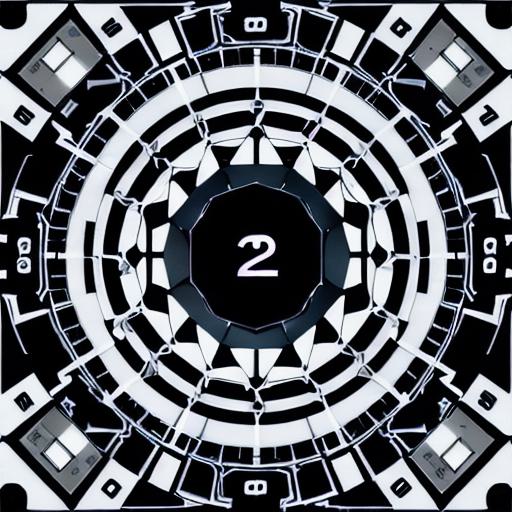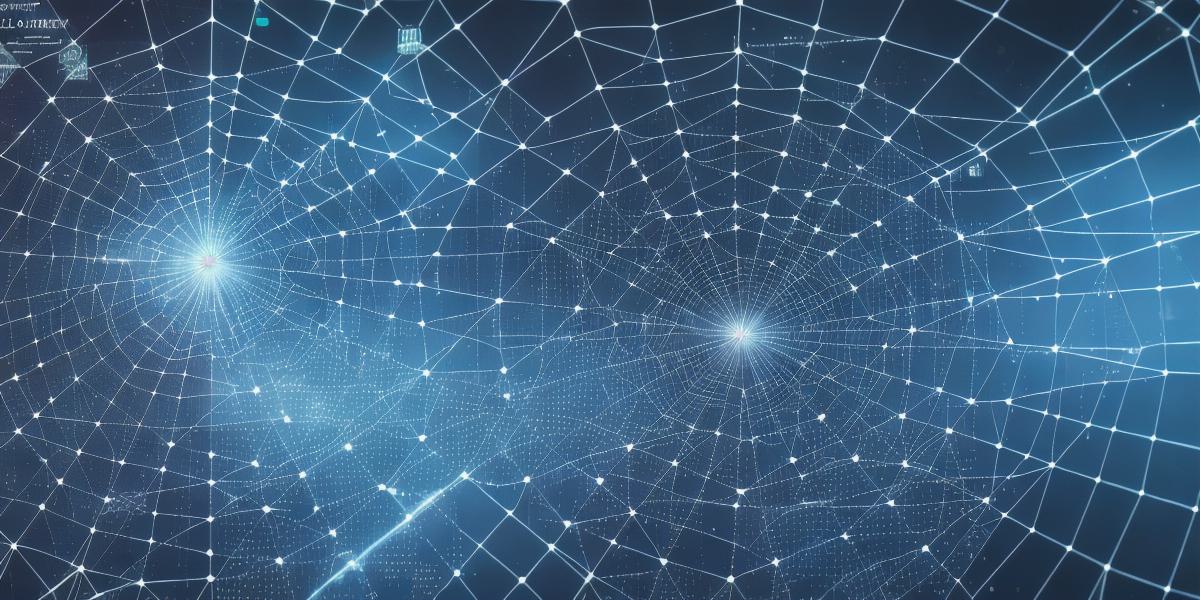As the world continues to evolve and adapt to digital transformation, decentralization has emerged as a key driver of innovation in the tech industry. At its core, decentralization refers to the distribution of power and decision-making authority away from centralized institutions and towards individuals, communities, and organizations. This shift has led to the development of Web3 2.0, which promises to revolutionize the way we interact with the internet and its underlying technologies.
Web3 2.0 is built on a decentralized infrastructure that enables greater security, privacy, and interoperability than traditional web architectures. By harnessing the power of blockchain technology, smart contracts, and other decentralized applications (dApps), Web3 2.0 has the potential to transform industries ranging from finance and healthcare to supply chain management and beyond.
In this comprehensive guide for developers, we’ll explore the key features and benefits of Web3 2.0, as well as real-world examples and case studies that illustrate its potential applications. We’ll also delve into the challenges and opportunities facing Web3 developers today, and provide insights from leading experts in the field.

Key Features and Benefits of Web3 2.0
- Decentralization: At the heart of Web3 2.0 is a decentralized infrastructure that enables greater control and ownership of data, applications, and services. By distributing power away from centralized institutions, Web3 2.0 promotes greater transparency, accountability, and security.
- Interoperability: Web3 2.0 enables seamless communication and exchange between different dApps and platforms, making it easier to integrate new technologies and services into existing systems.
- Privacy: Web3 2.0 provides users with greater control over their personal data and privacy, allowing them to share information only on their own terms.
- Security: By leveraging the power of blockchain technology and smart contracts, Web3 2.0 offers a more secure and tamper-proof platform for building dApps and applications.
- Innovation: Web3 2.0 has the potential to unlock new forms of innovation and creativity in fields ranging from finance and healthcare to supply chain management and beyond.
Real-World Examples of Web3 2.0 Applications
- Decentralized Finance (DeFi): DeFi is a burgeoning market that leverages Web3 technologies such as blockchain and smart contracts to create new financial products and services. DeFi applications range from decentralized exchanges to lending platforms, insurance protocols, and more.
- Supply Chain Management: Web3 2.0 has the potential to revolutionize supply chain management by enabling greater transparency, traceability, and accountability across the entire supply chain. Blockchain-based tracking systems can help ensure that products are ethically produced and distributed, while smart contracts can automate payment and delivery processes.
- Healthcare: Web3 2.0 can enable new forms of healthcare services such as decentralized clinical trials, peer-to-peer sharing of medical records, and secure communication between patients and healthcare providers.
- E-commerce: Web3 2.0 can enable new forms of e-commerce that prioritize privacy, security, and transparency. Decentralized marketplaces and payment systems can help ensure that users retain control over their personal data and transactions.
Challenges and Opportunities for Web3 Developers
Web3 development presents both challenges and opportunities for developers today. Some of the key challenges facing Web3 developers include:
- Regulatory Challenges: Web3 technologies are still largely unregulated, which can create legal and ethical uncertainty for developers and users alike.
- Interoperability Challenges: While Web3 2.0 promises greater interoperability between dApps and platforms, achieving this goal remains a significant challenge.
- Scalability Challenges: As the number of users and applications on Web3 platforms continues to grow, scalability challenges become more acute.
- Skills Gap: Many developers lack the skills and expertise necessary to develop Web3 applications effectively.
Despite these challenges, there are also many opportunities for Web3 developers today. As the adoption of Web3 technologies continues to grow, there is a significant market opportunity for developers who can create innovative and valuable dApps and applications. Additionally, as the regulatory environment around Web3 continues to evolve, there may be new opportunities for developers to work with governments and other institutions to ensure that Web3 technologies are used responsibly and ethically.
Expert Insights on Web3 2.0
"Web3 has the potential to fundamentally transform the way we interact with technology and each other. By leveraging decentralized infrastructure, developers can create applications and services that are more secure, private, and interoperable than ever before." – Andreas Antonopoulos, a leading expert in blockchain and cryptocurrency
"The future of Web3 2.0 is bright, but it’s not without its challenges. Developers will need to be creative, resourceful, and collaborative in order to overcome the regulatory, interoperability, and scalability challenges facing the space." – Tim Swan, a leading expert in Web3 technologies and the founder of the Ethereum Magazine
Thought-Provoking Ending
Web3 2.0 represents a significant opportunity for developers to create innovative and valuable applications that can transform industries and improve people’s lives. However, it’s important for developers to approach Web3 development with a sense of responsibility and ethical considerations in mind. By working together to ensure that Web3 technologies are used responsibly and ethically, we can unlock the full potential of the decentralized web and create a better future for all.
FAQs
1. What is Web3 2.0?
Web3 2.0 refers to the next generation of the decentralized web, which leverages blockchain technology, smart contracts, and other decentralized applications (dApps) to create new forms of innovation and value.
- What are the key features of Web3 2.0?
The key features of Web3 2.0 include decentralization, interoperability, privacy, security, and innovation.
- What industries can benefit from Web3 2.0?
Web3 2.0 has the potential to benefit a wide range of industries, including finance, healthcare, supply chain management, e-commerce, and more.
